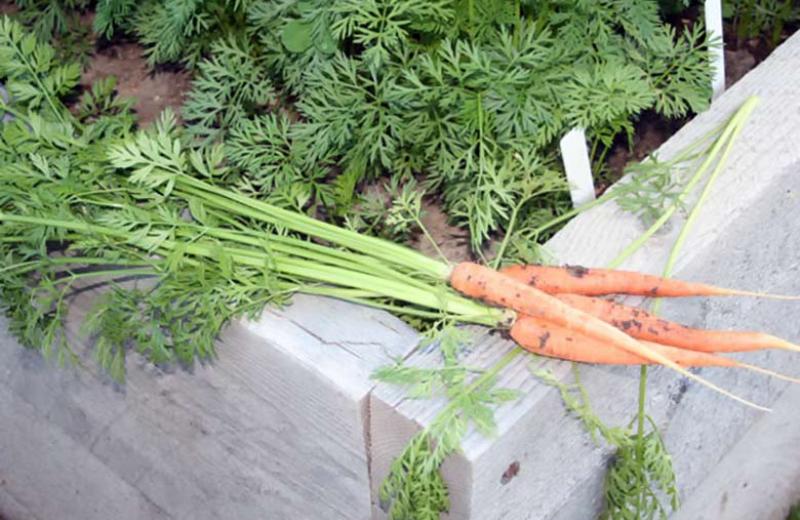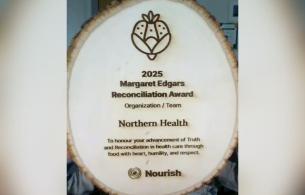A simple guide to making the most of your garden harvest
This will be my fourth year to reap the benefits of a backyard garden and I feel like I’m really starting to get the hang of things out there! This year I’ve noticed myself becoming somewhat fixated on the amount of garden waste I have (which also makes me wonder if I’m slowly turning into my mother!). In past years I just tossed my surplus into the compost pile without a second thought, but this year I find myself wondering if there is a way to salvage some of that waste from the heap. As my garden output kicks into high gear, I’m going to need a plan to help me minimize the waste this year; I hope it will help you reduce yours as well.
Step 1: Identify a surplus
I don’t know about the rest of you gardeners out there, but I’m drowning in carrot tops and beet greens. How I never knew that carrot tops were edible (and tasty) is beyond me, so I set out to use some of those up.
There are a few ways you can deal with a surplus, depending on what you’ve got. Did you plant more green beans than you can reasonably eat? Are your strawberries taking over your fridge shelves? Was your yield of tomatoes far beyond your expectations? The first step to reducing your waste is identifying what you’ve got.
Step 2: Come up with a plan
Is there any question the internet can’t answer?! Once you know what you want to use up, a good google search should yield you a number of solutions to deal with your surplus. One solution I loved and will definitely do next year, is succession planting. I can’t eat two rows of radishes all at once, so next year I’m going to plant a second row two weeks later. Here are some suggestions that you can use now:
- Blanche and freeze vegetables such as peas, green beans, and beets.
- Shred zucchini and freeze for muffins and breads.
- Make a tomato sauce or try your hand at sundried tomatoes.
- Use up herbs or carrot greens in a pesto (see recipe below!).
- Thinly slice greens (beet greens, kale, etc.) and toss into salads or freeze for smoothies.
- Can, pickle, or preserve fruits or vegetables.
Step 3: Tackle!
One of the most challenging parts of this equation is finding the extra time to spend in the kitchen. Make sure your plan fits into your time budget - if you’ve only got 30 minutes you probably don’t want to tackle pickling beets, but might be able to whip up a quick pesto with a food processor. Consider getting a group of friends together for a ‘canning’ or ‘freezing’ party to make the work go quicker.
Step 4: Enjoy the fruits (or vegetables) of your labour.
I’ve included the recipe I used for a carrot top pesto; it’s adapted from the Food Network. I drizzled it over some grilled shrimp but it would also be great mixed into a salad dressing or as a sandwich topping or even plopped on to a nice bowl of soup.
Carrot Top Pesto
Ingredients:
- 1 cup packed carrot leaves
- ½ cup packed parsley leaves
- ¼ cup roasted cashews or pine nuts
- 1 clove garlic
- ½ cup extra virgin olive oil
- ¼ cup parmesan cheese
- Kosher salt, to taste
Instructions:
- Pulse the carrot leaves, parsley leaves, nuts and garlic in a food processor until coarsely chopped.
- Slowly pour the olive oil in with the machine running to form a paste.
- Pulse in the parmesan and kosher salt.
- Store in an airtight container for 1-2 weeks, or in the freezer for up to 6 months.














Comments